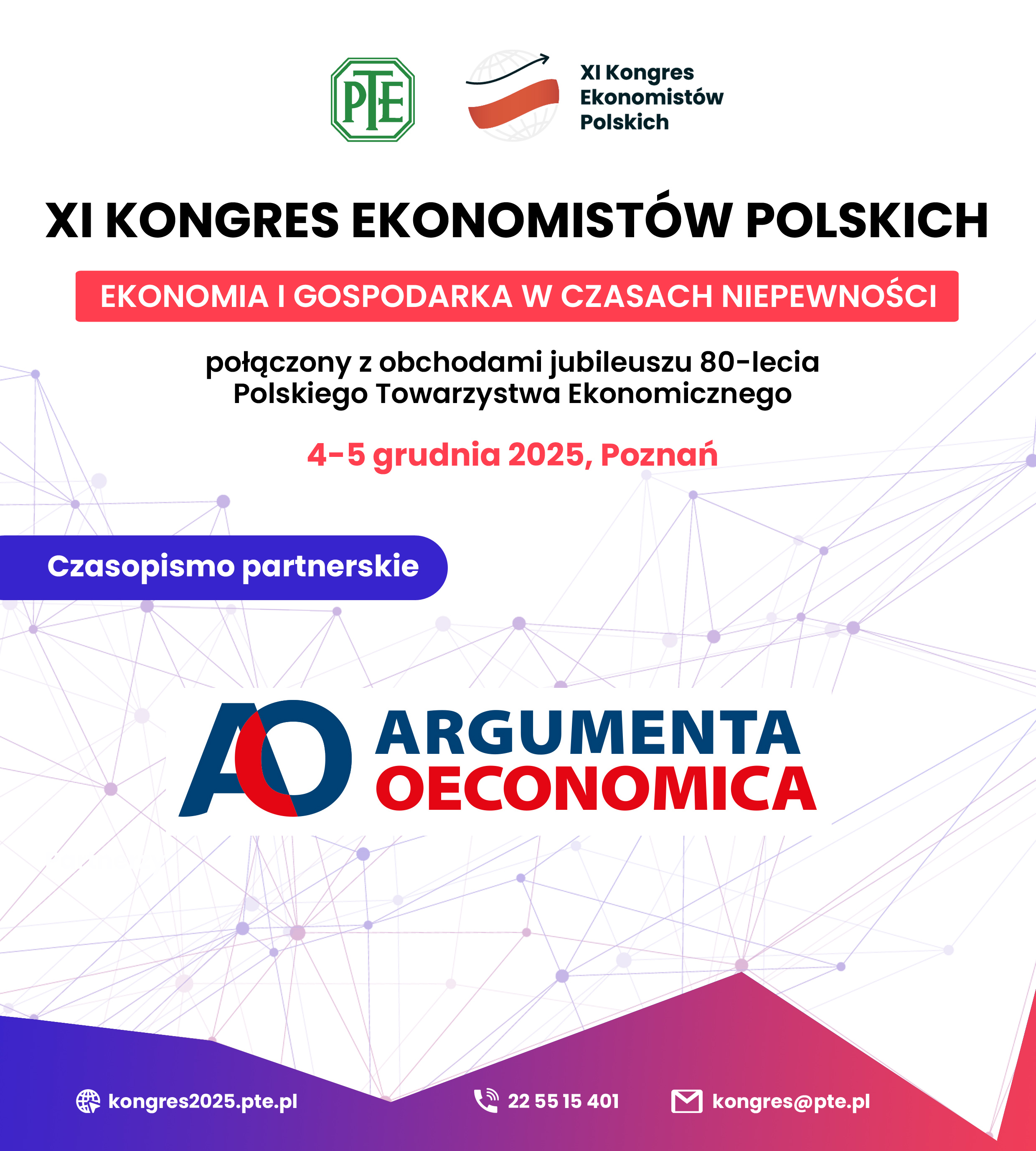Revisiting the effects of labour, capital and scale-augmenting technological progress on steady-state output
Keywords:
Solow model, Uzawa’s theorem, steady-state growth, factor augmentation, labour augmentation, scale effectAbstract
The effects of technical change may not exclusively be labour-augmenting, if it is assumed that linear homogeneity or balanced growth is not applicable. This study identified these effects on the steady-state output growth from labour, capital and scale-augmenting technological progress. The findings imply that a drop in investment-goods prices accelerates output growth but to a lesser extent than capital growth, and increasing (decreasing) returns to scale (IRS/DRS) will lead to faster (slower) per-capita output growth, but the effect is free from constant returns to scale (CRS). It was also found that a higher output elasticity of capital can be beneficial to output growth and that a substantial labour supply is conducive to higher income per capita under IRS but will reduce it if DRS are present, but again, CRS does not occur. Differentiating between labour and capital augmentations in empirical research is challenging, as a direct estimation of the impacts of technical change on output growth is impossible. Thus, an indirect estimation was conducted to measure these impacts as a Solow residual.Downloads
Download data is not yet available.
Downloads
Published
2024-01-17
Issue
Section
Articles
License
Copyright (c) 2024 Li Sheng, Yechang Yin, Anning Zhang, Jiwei Wu

This work is licensed under a Creative Commons Attribution-ShareAlike 4.0 International License.








